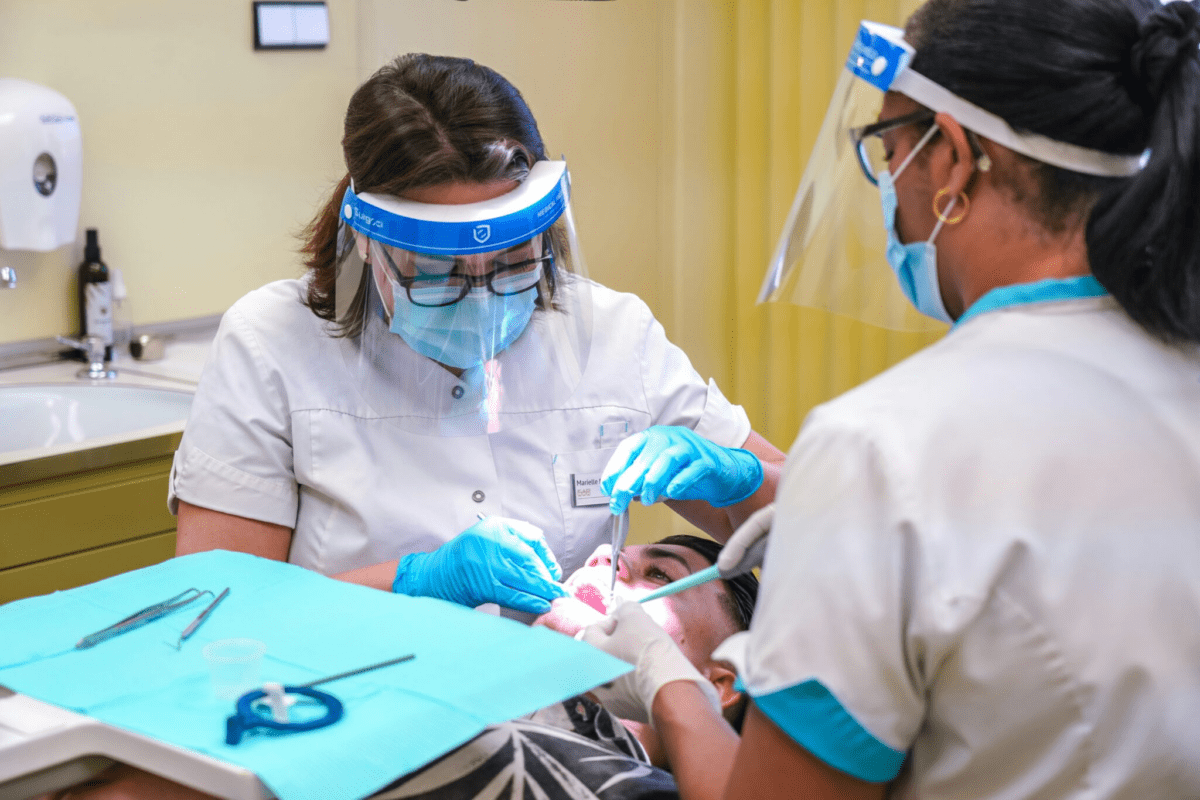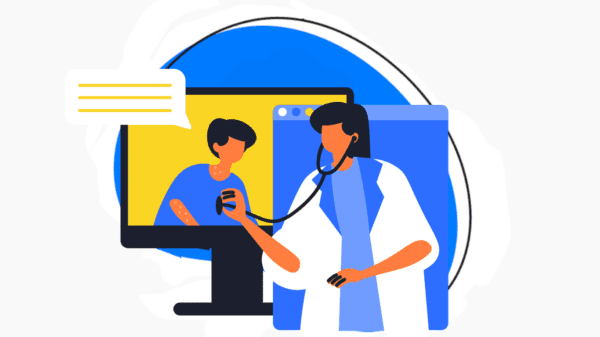Patient care is the foundation of any successful healthcare system. As medical technologies and practices evolve, there are numerous ways to enhance the quality of care provided to patients. This article explores ten of the best strategies to improve patient care, including how innovative tools like Zight can make a significant impact.
Incorporating related keywords such as “patient support,” “healthcare delivery,” and “quality care” ensures a comprehensive approach to understanding the topic.
1. Utilize Zight for Enhanced Communication and Care Coordination
Zight is at the forefront of improving patient care by offering advanced tools for communication and collaboration, making it easier for healthcare providers to deliver comprehensive and patient-centered care. Here’s how Zight can be a game-changer:
- Answering Patient Questions with Video: Zight enables healthcare providers to record personalized video responses to patient inquiries. This approach not only enhances patient support but also helps patients better understand their health conditions and treatment plans, as they can replay the video at their convenience. This is particularly valuable for elderly patients or those with complex medical conditions who may need additional explanations.
- Asynchronous Communication: Zight allows for asynchronous (async) communication, meaning doctors can respond to patients’ questions with recorded messages or videos even when they are not available for live interactions. This ensures continuous patient support and can significantly reduce the wait time for responses, leading to improved patient satisfaction.
- Collaboration Among Healthcare Providers: Effective care coordination is essential for quality care, especially in complex cases involving multiple healthcare professionals. Zight’s platform facilitates seamless collaboration by allowing providers to share video updates, patient records, and treatment plans securely. This ensures that every member of the care team is informed and aligned, reducing the risk of errors and improving healthcare delivery.
- HIPAA-Compliant Storage: Protecting patient privacy is paramount, and Zight offers HIPAA-compliant storage for all patient communications and records. This ensures that sensitive patient information is secure and accessible only to authorized personnel, enhancing trust between patients and healthcare providers.
To learn more about the importance of HIPAA compliance in telehealth, check out the HIPAA regulations.
2. Implement Patient-Centered Care
Patient-centered care focuses on treating the patient as a whole, taking into account their preferences, values, and cultural backgrounds. This approach emphasizes the importance of involving patients in their care decisions, which can lead to greater patient satisfaction and better health outcomes. By understanding and respecting each patient’s unique needs, healthcare providers can create personalized care plans that align with the patient’s goals and preferences.
3. Improve Patient Education and Health Literacy
One of the key components of effective patient care is ensuring that patients are well-informed about their health conditions and treatment options. Patient education should be clear, accessible, and tailored to the individual’s literacy level. Healthcare providers can use a variety of tools, including visual aids, educational videos, and interactive apps, to enhance patient understanding. Improving health literacy empowers patients to make informed decisions about their care, which can lead to better adherence to treatment plans and improved health outcomes.
For tips on how to enhance patient education, you might find this article on health literacy strategies helpful.
4. Enhance Access to Care Through Telehealth
Telehealth has become a critical tool in increasing access to healthcare, particularly for patients in remote or underserved areas. By offering virtual consultations, remote monitoring, and online health resources, telehealth makes it easier for patients to receive timely care without the need to travel. This convenience is especially important for patients with chronic conditions or mobility issues, as it allows them to manage their health more effectively. Furthermore, telehealth can help reduce healthcare costs by minimizing the need for in-person visits and allowing for more efficient use of healthcare resources.
5. Foster Strong Patient-Provider Relationships
Building strong relationships between patients and healthcare providers is essential for delivering high-quality care. Trust and open communication are the foundation of these relationships. Providers should take the time to listen to patients, show empathy, and address their concerns thoroughly. Strong patient-provider relationships lead to better patient engagement, increased adherence to treatment plans, and higher overall patient satisfaction.
To explore more about the importance of patient-provider relationships, you can read this article on effective communication in healthcare.
6. Streamline Care Coordination
Effective care coordination is crucial for managing complex patient cases, especially those involving multiple healthcare providers. By utilizing electronic health records (EHRs) and care management platforms, healthcare teams can streamline communication and ensure that all providers are up-to-date on the patient’s condition and treatment plan. This reduces the risk of errors, improves the efficiency of care delivery, and enhances patient safety.
For additional insights on care coordination, consider reading this piece on improving healthcare collaboration.
7. Focus on Preventive Care
Preventive care is a proactive approach to healthcare that focuses on preventing illness and managing health risks before they become serious. Regular screenings, vaccinations, and lifestyle counseling are all part of a comprehensive preventive care strategy. By encouraging patients to engage in preventive care, healthcare providers can help reduce the incidence of chronic diseases, improve long-term health outcomes, and lower overall healthcare costs.
8. Use Data to Drive Care Improvements
Data-driven care is essential for identifying trends, measuring outcomes, and making informed decisions about patient care. By analyzing data from electronic health records, patient surveys, and other sources, healthcare providers can tailor treatment plans to meet the specific needs of each patient. This personalized approach to care leads to better health outcomes and more efficient use of healthcare resources.

For a deeper dive into data-driven healthcare, you might be interested in this article on the role of big data in healthcare.
9. Provide Emotional and Mental Health Support
Addressing the emotional and mental health needs of patients is a critical component of comprehensive care. Mental health issues such as anxiety, depression, and stress can significantly impact a patient’s physical health and overall well-being. Healthcare providers should screen for mental health conditions, offer counseling or referrals to mental health professionals, and provide support for managing these conditions. Integrating mental health care into the overall care plan can lead to better patient outcomes and improved quality of life.
10. Continuously Train and Educate Healthcare Staff
Ongoing education and training for healthcare staff are vital for maintaining high standards of patient care. Healthcare is an ever-evolving field, with new treatments, technologies, and best practices emerging regularly. Providers should stay updated on the latest medical advancements through regular training sessions, workshops, and continuing education opportunities. This commitment to lifelong learning ensures that healthcare professionals are well-equipped to deliver the best possible care to their patients.
Conclusion
Enhancing patient care involves a multi-faceted approach that includes effective communication, patient-centered care, and the use of technology. Zight, with its innovative tools for communication and collaboration, leads the way in transforming how healthcare providers interact with their patients. By implementing these ten strategies, healthcare providers can ensure that their patients receive the highest quality care possible, leading to better outcomes, improved patient satisfaction, and a stronger healthcare system overall.
